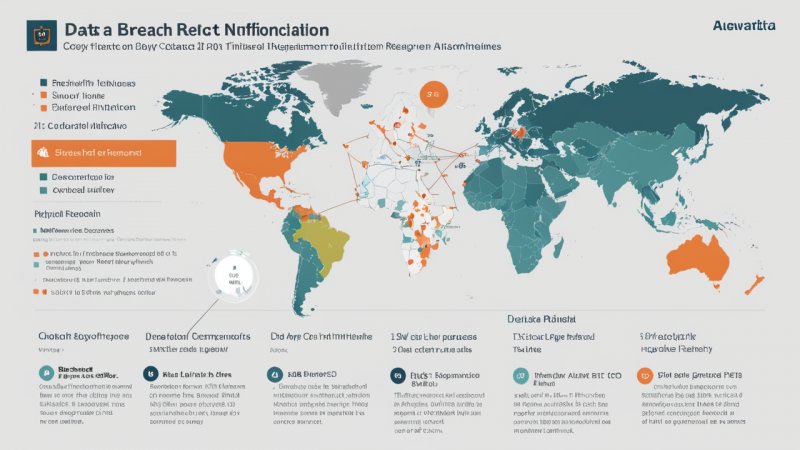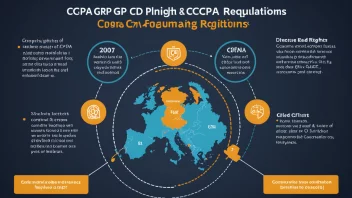Introduction
In today’s digital landscape, data breaches are becoming increasingly common, and organizations must navigate a complex web of legal requirements. This article will guide you through the essential data breach notification requirements across various jurisdictions, helping you understand your responsibilities and the steps you need to take in the event of a breach.
Step 1: Understand the Importance of Data Breach Notifications
Data breach notifications are critical for protecting personal information and maintaining consumer trust. They ensure that affected individuals can take timely action to mitigate potential harm. Understanding the importance of these notifications is the first step in compliance.
Step 2: Identify Relevant Jurisdictions
Data breach laws vary significantly based on location. Organizations must identify all jurisdictions where they operate, including:
- Countries
- States/Provinces
- Industry-specific regulations (e.g., healthcare, finance)
Step 3: Research Local Data Breach Notification Laws
Once jurisdictions are identified, the next step is to research their specific data breach notification laws. Key points to consider include:
- Definition of a Data Breach: Understand what constitutes a data breach in each jurisdiction.
- Notification Timeline: Determine how quickly notifications must be sent after a breach is discovered.
- Entities to Notify: Identify whether notifications are required for affected individuals, regulatory bodies, or both.
- Consequences of Non-Compliance: Be aware of potential penalties for failing to meet notification requirements.
Step 4: Establish a Data Breach Response Plan
Having a well-defined response plan is crucial for efficient handling of data breaches. Your plan should include:
- Identification and assessment of the breach.
- Internal and external communication strategies.
- Roles and responsibilities for team members.
- Steps for mitigating damage and preventing future breaches.
Step 5: Implement Notification Procedures
Once a breach is confirmed, organizations must implement their notification procedures. This process typically involves:
- Drafting Notification Letters: Prepare clear and concise notification letters for affected individuals.
- Contacting Regulatory Authorities: Notify relevant authorities according to your research from Step 3.
- Providing Resources: Offer resources to help individuals protect themselves, such as credit monitoring services.
Step 6: Monitor and Review
After a breach has been managed and notifications sent, it’s essential to monitor the situation. This includes:
- Tracking the effectiveness of the response.
- Reviewing internal policies and procedures for improvements.
- Staying updated on changes in data breach laws across jurisdictions.
Step 7: Educate Employees
Finally, education is key to preventing future breaches. Conduct regular training sessions for employees on data protection and breach response protocols. This will create a culture of security within your organization.
Conclusion
In summary, understanding data breach notification requirements across different jurisdictions is crucial for any organization handling personal data. By following the steps outlined above—understanding the importance of notifications, identifying jurisdictions, researching local laws, establishing a response plan, implementing notification procedures, monitoring the situation, and educating employees—you can ensure compliance and protect the interests of affected individuals. Always stay informed about changing regulations to maintain an effective data protection strategy.






